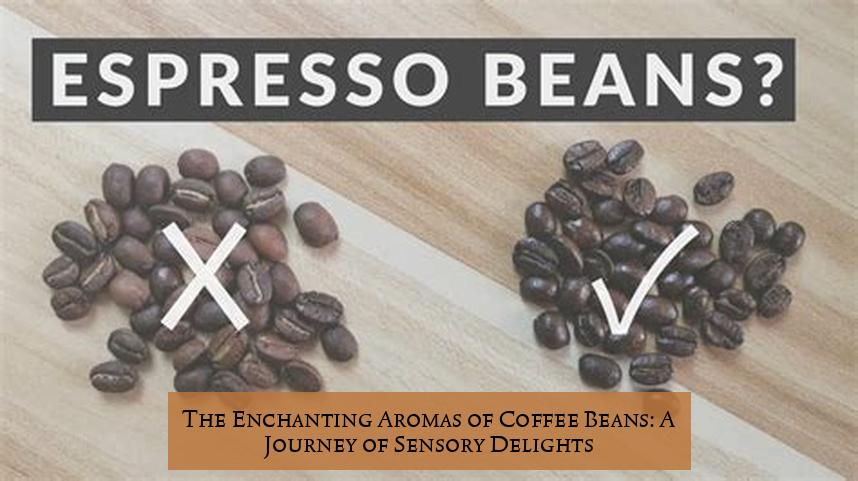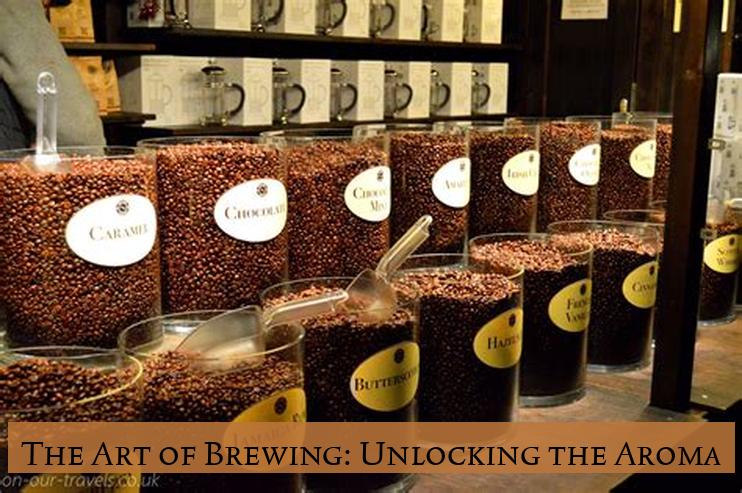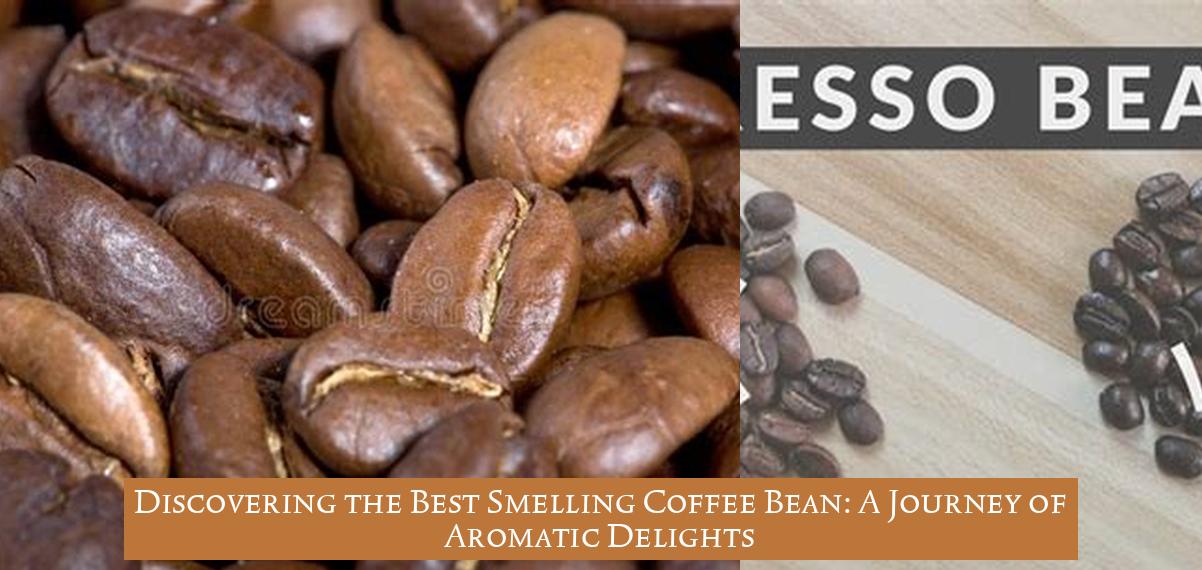Welcome to William’s Coffee Co, where we invite you to embark on an aromatic adventure through the enchanting world of coffee. From the tantalizing aromas of the finest coffee beans to the art of brewing and blending, join us as we unlock the symphony of aromas that make each cup a sensory delight. Get ready to indulge your senses and discover the magic of coffee like never before. So grab your favorite mug, sit back, and let’s dive into the delightful world of coffee aromas!
Key Takeaways
- The best smelling and tasting coffee is the freshest roasted and freshly ground 100% Arabica coffee.
- Arabica beans produce a sweeter and more aromatic cup with notes of chocolate and nuts.
- Lighter roasts offer multilayered complexity, revealing traces of sweetness, fruit tanginess, or even a subtle floral aroma.
- Colombian coffee beans are known for tasting like the smell/aroma of coffee, making them a preferred choice for many.
- Top quality coffee beans in the world include Brazilian, Ethiopian Harrar, Panamanian, Guatemalan, Tanzanian Peaberry, Mexican, Brazilian Bourbon Santos, and Indonesian.
- Light roasts retain more of the bean’s original floral and fruity notes, while dark roasts develop deeper, bolder aromas with hints of chocolate and caramel.
The Enchanting Aromas of Coffee Beans: A Journey of Sensory Delights

Coffee, a beloved beverage enjoyed by countless individuals around the globe, is not merely a source of caffeine but also a symphony of captivating aromas. The best smelling coffee beans, when freshly roasted and ground, release an intoxicating fragrance that can tantalize the senses and evoke a profound sense of well-being. But what factors contribute to the distinctive aromas of coffee beans?
The primary determinant of a coffee bean’s aroma is its origin. Different regions, with their unique climates and soil compositions, produce beans with distinct aromatic profiles. For instance, Colombian beans are renowned for their rich, nutty aroma, while Ethiopian beans boast a complex bouquet of floral and fruity notes. Brazilian beans, on the other hand, are characterized by their smooth, chocolaty aroma.
The roasting process also plays a crucial role in shaping the aroma of coffee beans. Lighter roasts tend to preserve the bean’s inherent floral and fruity notes, while darker roasts develop deeper, bolder aromas with hints of chocolate and caramel. The roasting process involves carefully controlling the temperature and duration of exposure to heat, allowing the beans to undergo a series of chemical reactions that release their captivating fragrances.
The grind size of coffee beans also influences their aroma. Finely ground beans expose a greater surface area, releasing a more intense aroma compared to coarsely ground beans. However, it’s important to note that the grind size should be tailored to the brewing method used to ensure optimal flavor extraction.
Arabica vs. Robusta: A Tale of Two Aromas
When it comes to coffee beans, two primary species dominate the market: Arabica and Robusta. Arabica beans, known for their superior quality and distinctive aroma, are widely regarded as the best smelling coffee beans. They possess a naturally sweeter taste and produce a more complex, nuanced aroma with hints of chocolate, nuts, and fruit.
Robusta beans, on the other hand, are known for their higher caffeine content and more robust flavor. However, they tend to exhibit a more bitter taste and a less complex aroma compared to Arabica beans. Robusta beans are often used in blends to add body and crema to espresso-based drinks.
The Art of Brewing: Unlocking the Aroma

To fully appreciate the captivating aromas of coffee beans, it’s essential to employ the right brewing method. Different brewing methods extract varying levels of aroma compounds from the beans, resulting in distinct flavor profiles.
Pour-over brewing, for instance, allows for a controlled extraction process, highlighting the subtle nuances of the beans’ aroma. French press brewing, on the other hand, produces a full-bodied cup with a more intense aroma, while espresso brewing delivers a concentrated shot with a rich, complex aroma.
No matter the brewing method chosen, using fresh, cold water is paramount to preserving the delicate aromas of coffee beans. Additionally, it’s important to avoid over-extraction, as this can result in a bitter, unpleasant taste.
Preserving the Aroma: A Symphony of Freshness
To maintain the enchanting aromas of coffee beans, proper storage is crucial. Coffee beans should be stored in an airtight container, away from light and moisture, to prevent oxidation and preserve their freshness. Whole beans retain their aroma better than ground beans, so it’s recommended to grind only the amount needed for each brew.
Also read Mastering the Art of Espresso Grind: Avoiding the Pitfalls of Grinding Too Fine
Additionally, it’s essential to purchase coffee beans from a reputable roaster that prioritizes freshness. Look for beans that have been recently roasted and packaged in sealed bags to ensure optimal aroma and flavor.
By following these simple steps, you can ensure that your coffee beans retain their captivating aromas and deliver a truly sensory experience with every cup.
The World’s Finest Coffee Beans: A Journey of Aromatic Delights
The world of coffee is a vast and diverse landscape, with each region producing beans that possess unique aromatic profiles. From the vibrant flavors of Ethiopia to the smooth richness of Brazil, let’s embark on a journey to discover the top coffee beans renowned for their exceptional aromas.
Brazilian Bourbon Santos: A Symphony of Sweetness and Nuttiness
Hailing from the lush hills of Brazil, Bourbon Santos beans are celebrated for their smooth, well-balanced flavor and captivating aroma. These beans exhibit a rich, nutty character with subtle hints of sweetness, making them a favorite among coffee enthusiasts.
Bourbon Santos beans are grown at high altitudes, where the cooler temperatures and slower ripening process contribute to their complex flavor profile. The beans are carefully hand-picked and processed to preserve their delicate aromas.
Ethiopian Yirgacheffe: A Floral Tapestry of Delights
Nestled in the mountainous region of Ethiopia, Yirgacheffe beans are renowned for their vibrant, floral aromas and bright acidity. These beans possess a complex bouquet of flavors, ranging from delicate jasmine to sweet citrus notes.
Yirgacheffe beans are grown in small batches by local farmers, who take great care in cultivating and processing the beans. The beans are often sun-dried, which contributes to their unique, fruity character.
Guatemalan Antigua: A Chocolate Lover’s Dream
From the volcanic slopes of Guatemala, Antigua beans emerge as a chocolate lover’s delight. These beans exhibit a rich, chocolaty aroma with hints of spice and caramel. Their full-bodied flavor makes them an excellent choice for espresso-based drinks.
Antigua beans are grown at high altitudes, where the cool climate and nutrient-rich soil contribute to their exceptional quality. The beans are carefully hand-picked and processed to preserve their intense aromas.
Tanzanian Peaberry: A Rare Gem of Complexity
Hailing from the lush slopes of Tanzania, Peaberry beans are a rare and highly sought-after delicacy. These beans are smaller and rounder than traditional coffee beans, and they possess a remarkably complex flavor profile.
Peaberry beans exhibit a vibrant acidity with hints of citrus and spice. Their unique shape allows for a more even roasting, resulting in a balanced and harmonious flavor. Peaberry beans are often used in specialty blends to add a touch of elegance and complexity.
Indonesian Sumatra Mandheling: A Smoky Adventure for the Senses
From the exotic island of Sumatra, Mandheling beans offer a truly unique and captivating aromatic experience. These beans possess a rich, earthy aroma with hints of smoke and spice. Their full-bodied flavor makes them a favorite among those who appreciate a bold and intense coffee.
Mandheling beans are grown in the lush rainforests of Sumatra, where the unique climate and volcanic soil contribute to their distinctive flavor. The beans are carefully hand-picked and processed to preserve their exotic aromas.
The Art of Coffee Blending: A Symphony of Aromas
The world of coffee blending is an art form, where different beans are combined to create a harmonious symphony of flavors and aromas. By carefully selecting and combining beans from various origins, roasters can craft unique and captivating blends that cater to a wide range of preferences.
The Magic of Blending: A Journey of Discovery
Blending coffee beans allows roasters to create a diverse range of flavor profiles, from smooth and mellow to bold and intense. By combining beans with complementary aromas and flavors, roasters can create blends that appeal to a wide range of coffee enthusiasts.
Read Also : Unveiling McDonald’s McCafe Espresso: The Art of Premium Arabica Beans
The art of blending involves understanding the unique characteristics of each bean and how they interact when combined. Roasters carefully consider the origin, roast level, and flavor profile of each bean to create a harmonious blend.
Creating a Balanced Blend: The Importance of Harmony
When blending coffee beans, the goal is to create a balanced and harmonious flavor profile. This involves carefully selecting beans that complement each other, ensuring that no single origin overpowers the others.
Roasters often blend beans with different roast levels to achieve a desired flavor profile. For instance, combining a light-roasted bean with a dark-roasted bean can create a blend with a complex and nuanced flavor.
Exploring the World of Blends: A Journey of Taste
The world of coffee blends is vast and diverse, offering a myriad of flavors and aromas to explore. From classic blends to exotic creations, there’s a blend to suit every palate.
Some popular coffee blends include:
- Breakfast Blend: A classic blend that combines beans from different origins to create a smooth, well-balanced flavor.
- Espresso Blend: A dark-roasted blend designed specifically for espresso-based drinks, offering a rich and intense flavor.
- Decaf Blend: A blend of decaffeinated beans that offers the aroma and flavor of coffee without the caffeine.
The Art of Roasting: Unlocking the Symphony of Aromas
The roasting process plays a crucial role in shaping the aroma of coffee beans. By carefully controlling the temperature and duration of roasting, roasters can develop the beans’ unique flavor and aroma profiles.
Lighter roasts tend to preserve the bean’s inherent floral and fruity notes, while darker roasts develop deeper, bolder aromas with hints of chocolate and caramel. Roasters carefully monitor the roasting process to ensure that the beans reach their optimal flavor potential.
The art of roasting is a delicate balance between science and artistry, requiring years of experience and a deep understanding of coffee beans. By mastering the roasting process, roasters can unlock the symphony of aromas hidden within each bean.
What type of coffee bean produces the most aromatic cup?
Arabica beans produce a sweeter and more aromatic cup with notes of chocolate and nuts.
What are some of the best aromatic coffee options?
Ethiopian coffee is known for its floral and fruity flavors, with a distinctive, fragrant aroma including notes of jasmine, bergamot, and blueberry. Colombian coffee has a bright, acidic flavor and a floral aroma with hints of caramel, chocolate, and berries.
What are considered the highest quality coffee beans in the world?
Some of the highest quality coffee beans in the world include Brazilian, Ethiopian Harrar, Panamanian, Guatemalan, Tanzanian Peaberry, Mexican, Brazilian Bourbon Santos, and Indonesian.
Which type of coffee bean offers the most flavor?
The lighter the roast, the more complex the flavor. Light roasts offer multilayered complexity, revealing traces of sweetness and fruit tanginess, or even a subtle floral aroma.
What type of coffee bean is known for tasting like the smell/aroma of coffee?
Colombian coffee beans are known for tasting like the smell/aroma of coffee, making them a preferred choice for many.
Does the origin of the coffee bean matter in terms of aroma and flavor?
Yes, each origin will have its own unique aromas and flavors, so it does matter.

